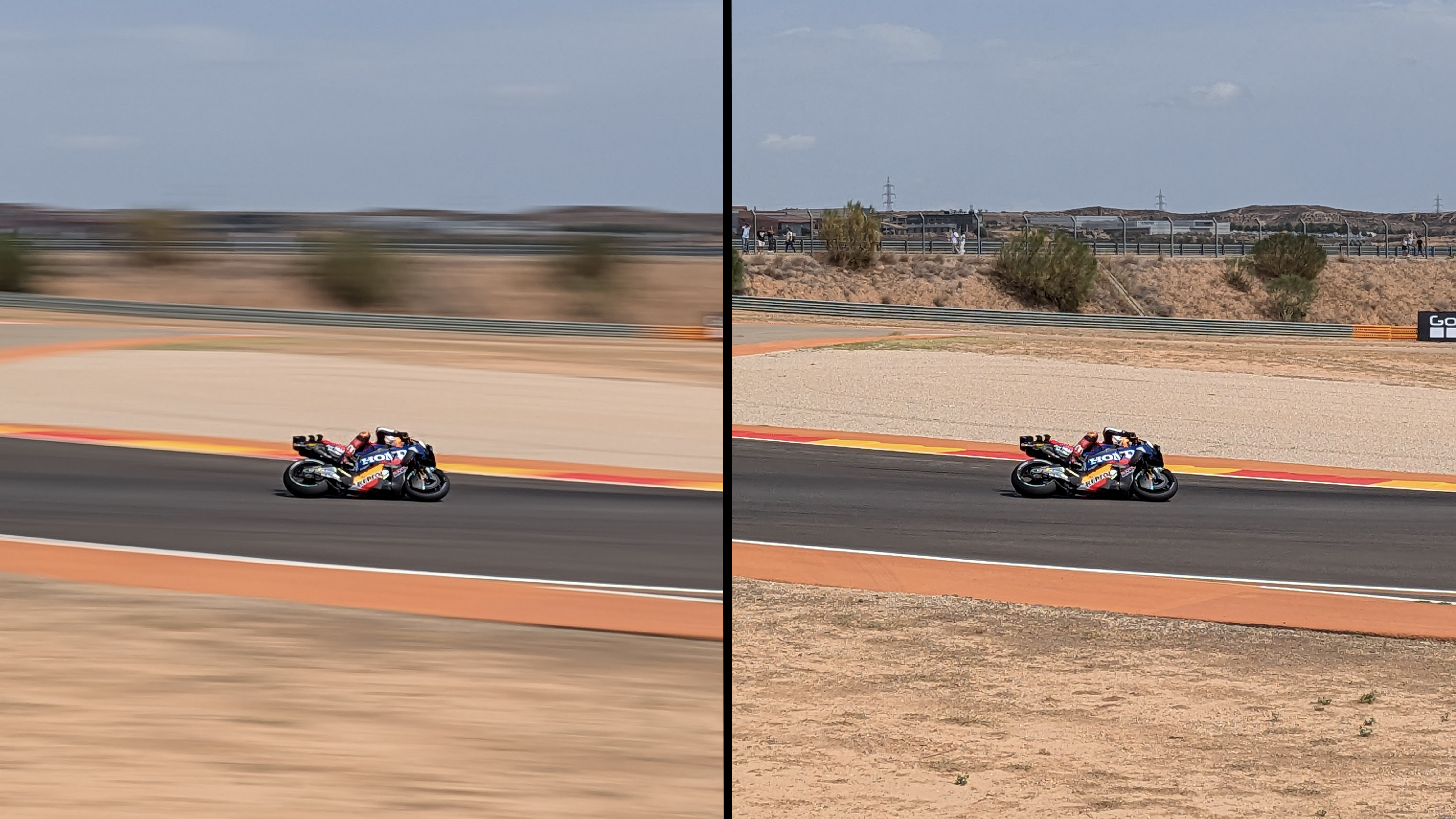
I've tested almost all of Google Pixel’s photo modes, including Long Exposure to capture otherworldly oceanscapes with motion blur, and the Night Mode for dynamic photos of a once-in-a-lifetime Northern Lights event. But I’ve been waiting patiently for a good opportunity to put another mode through its paces – Action Pan – and I got my chance recently, at a MotoGP event.
For the uninitiated, the world-touring MotoGP is the motorbiking equivalent of Formula One, and the highest level of road racing on two wheels. Riders are pushing 300BHP motorbikes that weigh just 346lb / 157kg up to speeds of around 360kmh / 215mph: it’s fast, it’s noisy, it’s dangerous, and I got my first taste of it recently in Aragon, Spain.
During the race, from a prime position near the finish line, I fired up the Action Pan mode. It's available on the latest Google Pixel phones like the Pixel 9 and all the way back to my own dated phone, the Pixel 6, and it's easily found on newer Pixels, having been given a dedicated place in the camera app when it was revamped for the Pixel 8.
I got shooting with Action Pan, and for comparison I composed the same shots with my professional mirrorless camera, the Nikon Z6 II, to see how Google's offering fared.
For action panning, you want the subject – in this case the world’s leading motorbike racers – to be as sharp as possible, with the background blurred to convey a sense of movement. For both cameras I was keen to nail the action-panning technique, which I've not had a lot of practice at – and it's a technique that really does require plenty of practice to master.
Ultimately, I was curious to learn if Action Pan is any good, which camera could get me the best photos, and how easy it was to nail the action-panning technique – and the results were surprising.
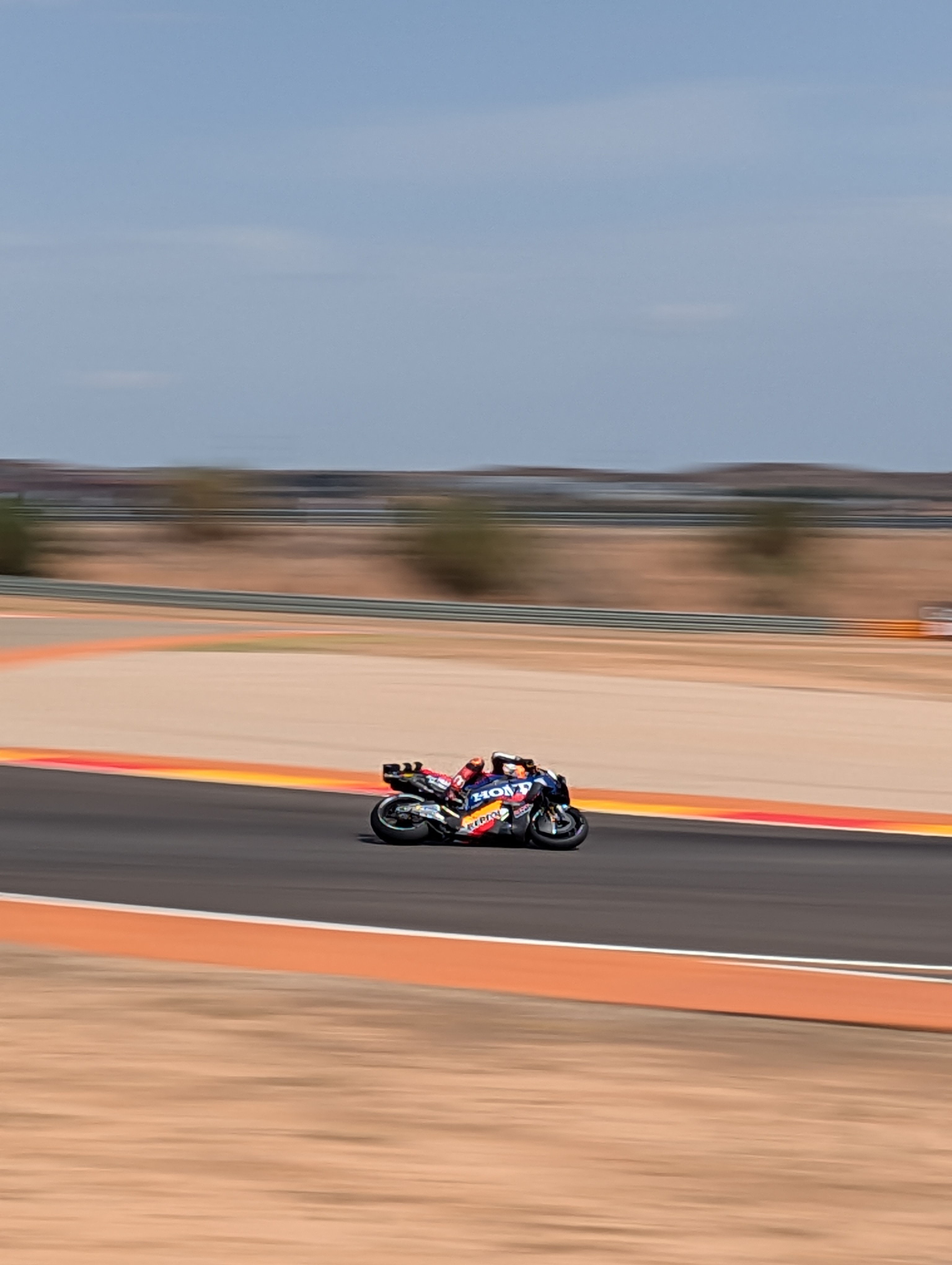
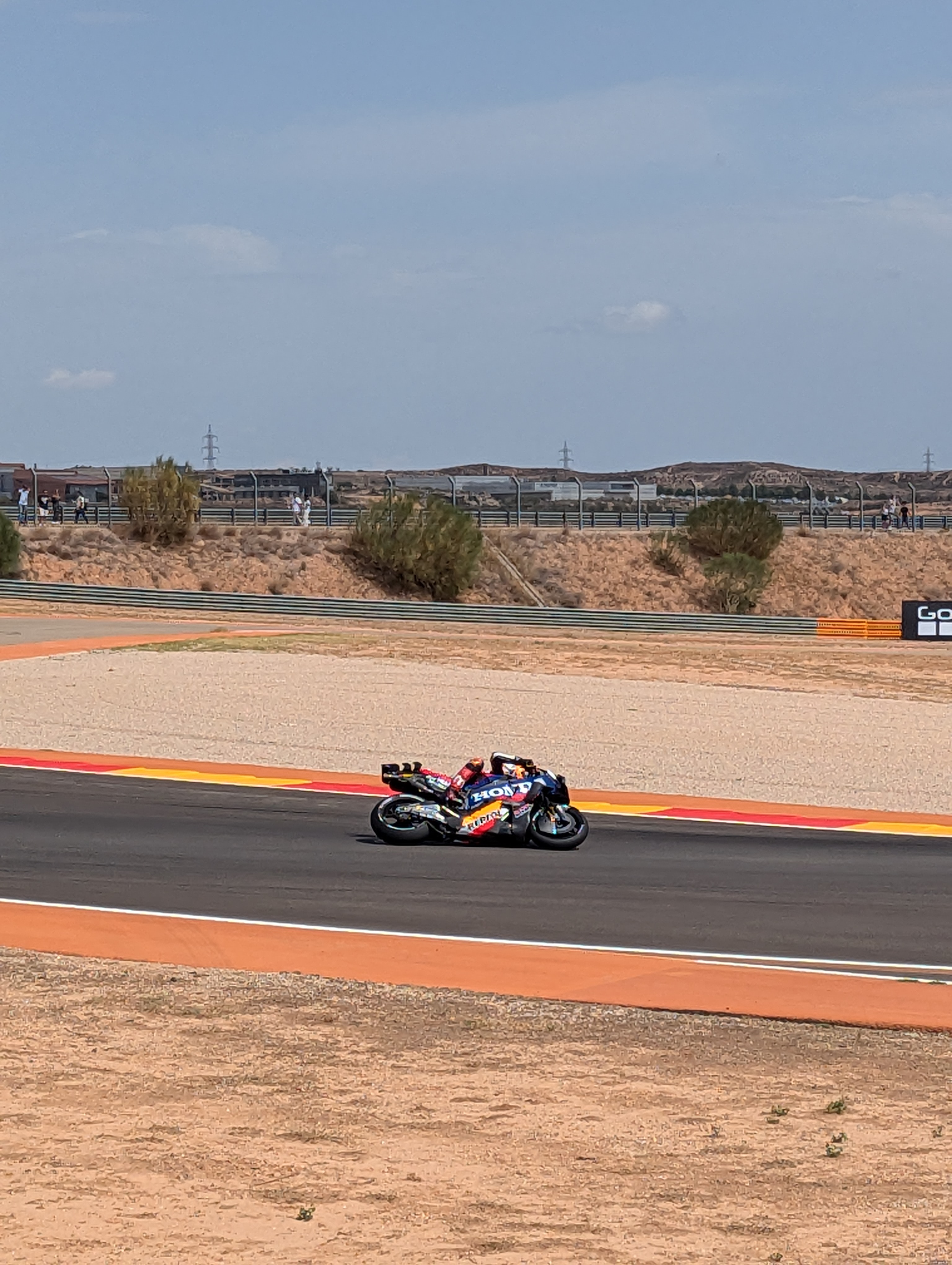
Google Pixel vs mirrorless camera for action panning: which is easiest?
The day’s programme covered various classes of motorbikes, beginning with the Rookie Cup, then Moto3, Moto2 and finally the headline event, the MotoGP. With each race the motorbikes got more powerful and much faster, and I tried the panning technique for all the races to see how well each camera (and I) could keep up as the action got progressively more intense.
Getting the photo I imagined during the Moto2 and Moto3 races was much easier with the Pixel 6. I punched in the 2x zoom to crop tighter for the framing I wanted, as you can see in the results above. I matched the speed of the rider with my camera panning, keeping the subject in the centre of the frame. I tried to pan horizontally to the background – mostly the fencing and the crowds – rather than at an angle, to get the sort of blurred streaks that help the subject to stand out.
With so many racers flying past at high speeds it was tempting to pan frantically to try and capture them all, and the results suffered for it. I quickly learned that you can’t capture everyone – it’s better to relax, and stick with one subject to get the technique spot on.
As with other Pixel camera modes, in playback you'll see the processed shot with the effect applied and the original shot side by side – the original is a fast shutter speed that freezes all the action in your shot, background included, the Action Pan one motion blurs the background (see above).
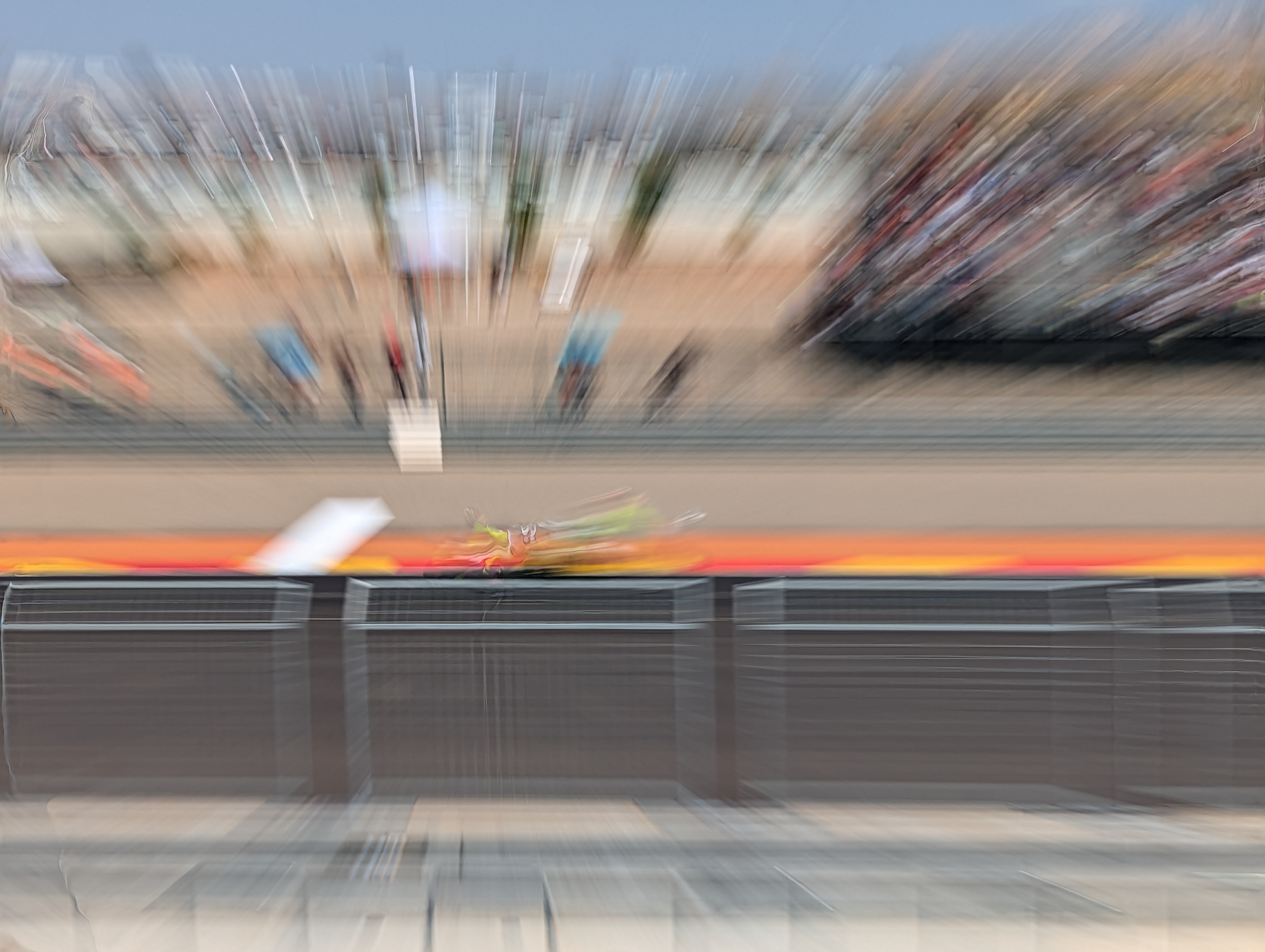
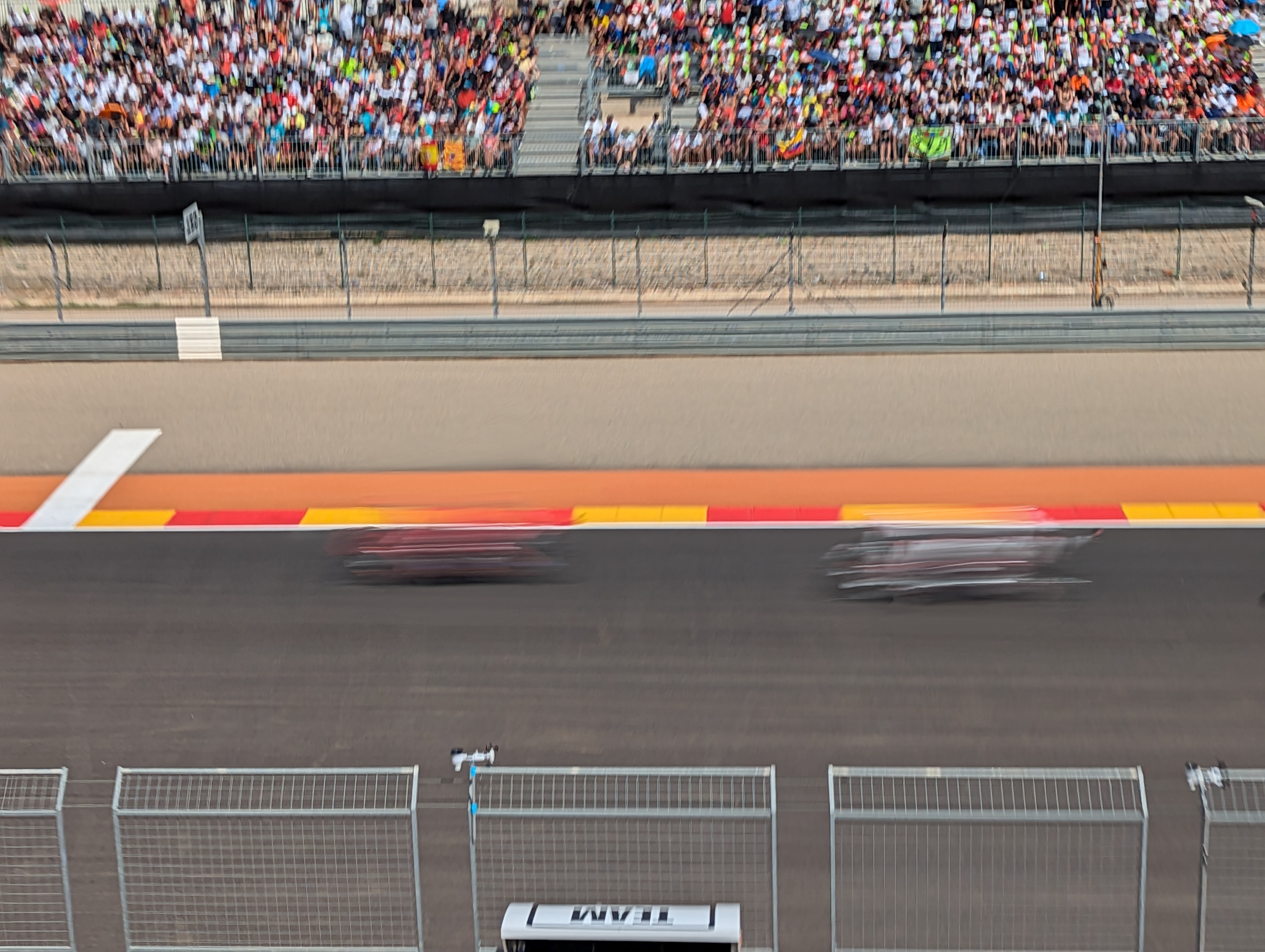
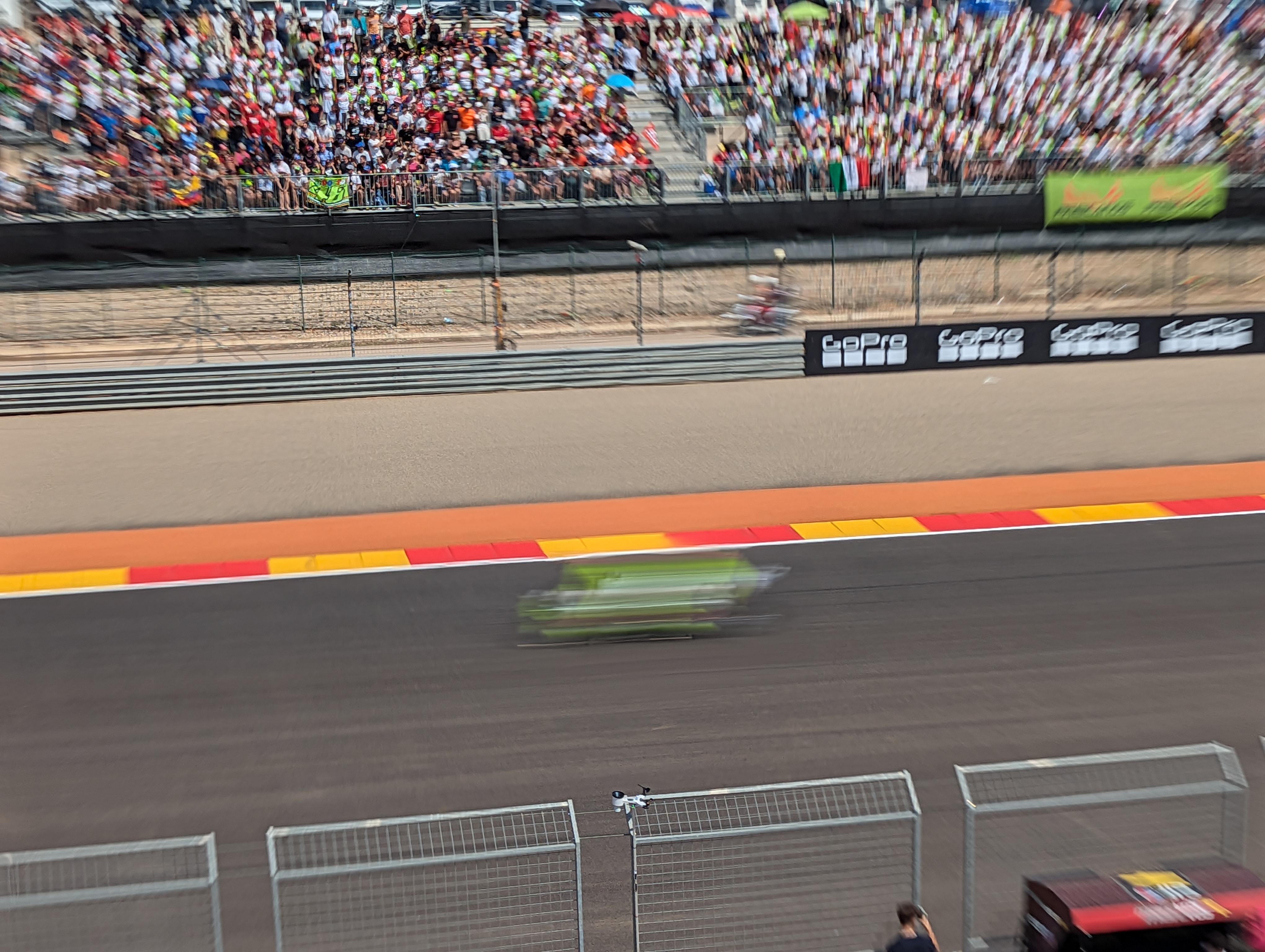
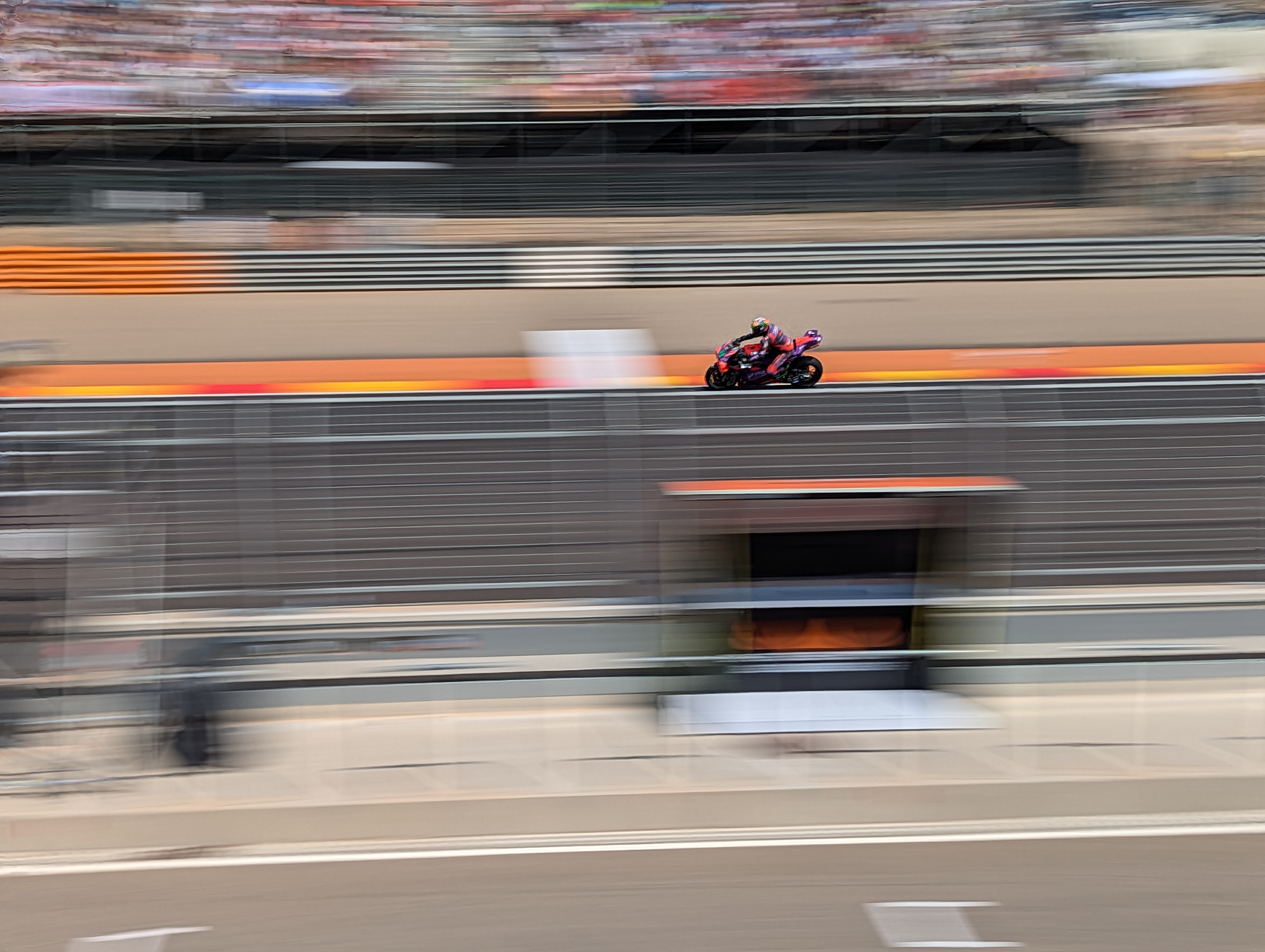
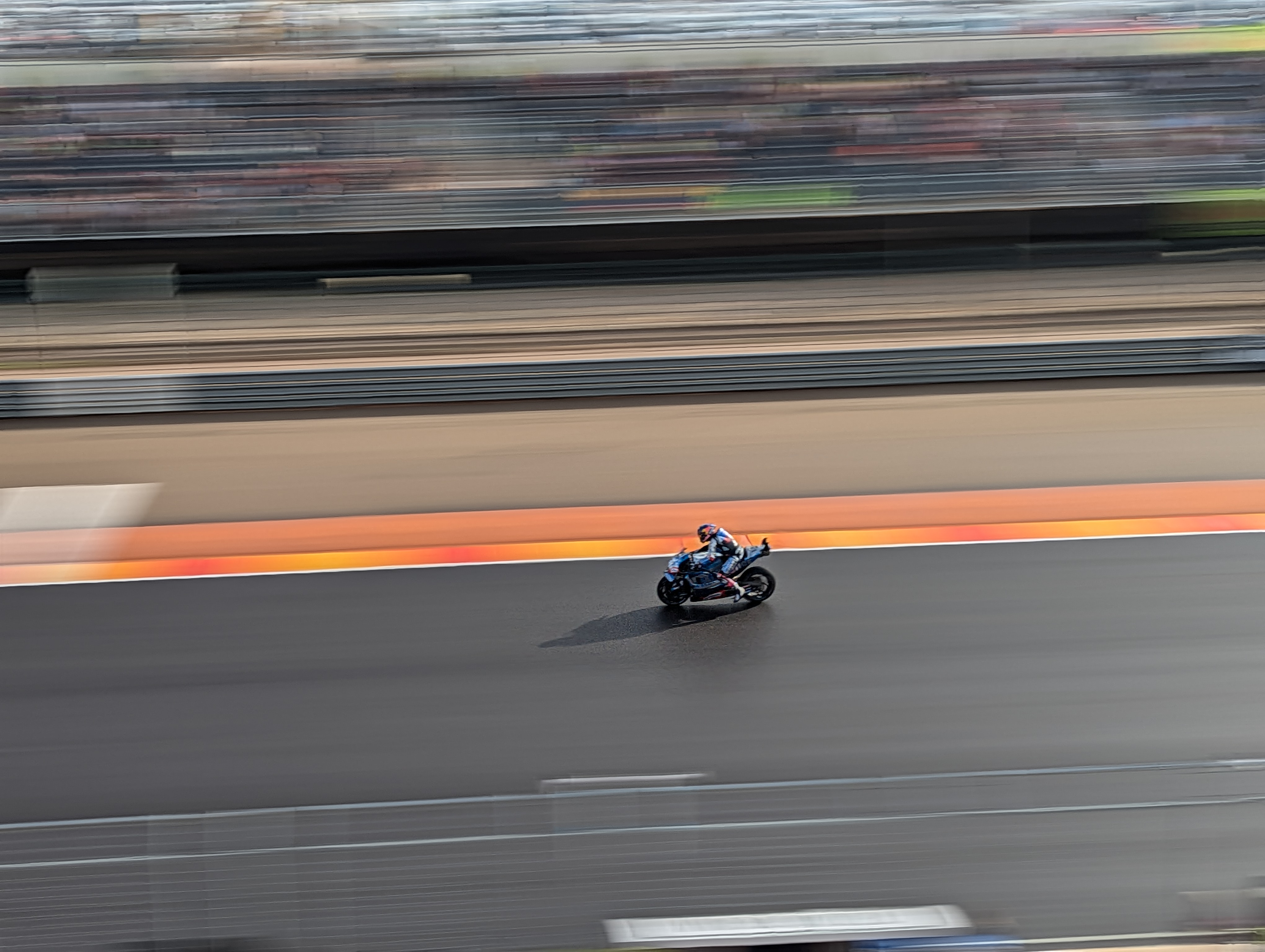
Once I had honed my technique, I was getting roughly one in four shots at surprisingly excellent quality, captured with a phone from 2021. And it was surprisingly easy – I got the first of the shots I wanted within a few minutes of trying, and then every lap thereafter as the riders zoomed past.
That hit ratio over hundreds of images also indicates that Action Pan is fallible, however, as 75% of the photos were unusable – you can see some of the more amusing lowlights, alongside the hits, in the gallery above.
Next up I took some panning shots with my mirrorless camera. There’s no processing going on here as there is with the Pixel, which adds motion blur using computational photography. It was purely up to me and my technique, and it was hugely challenging.
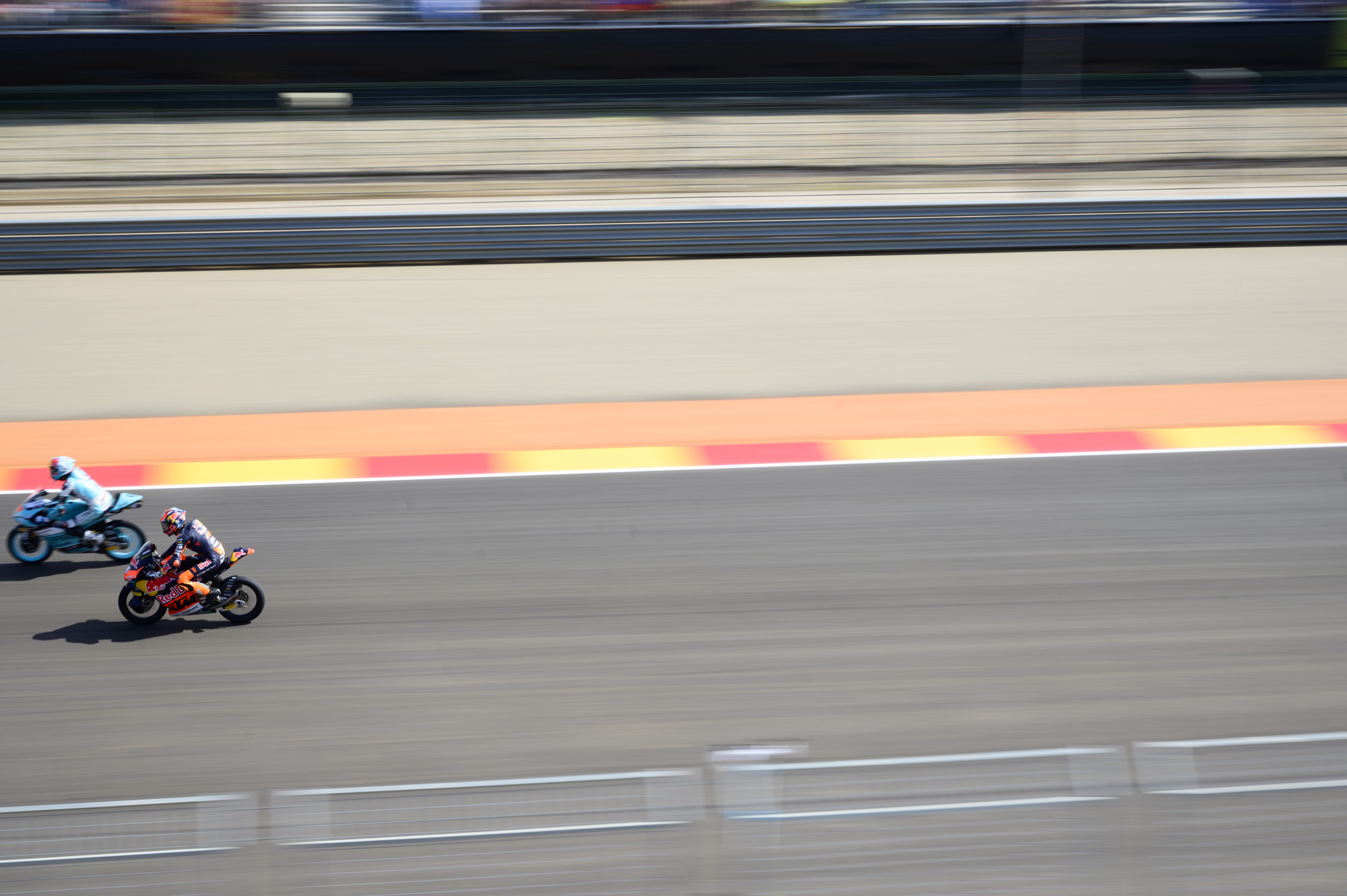
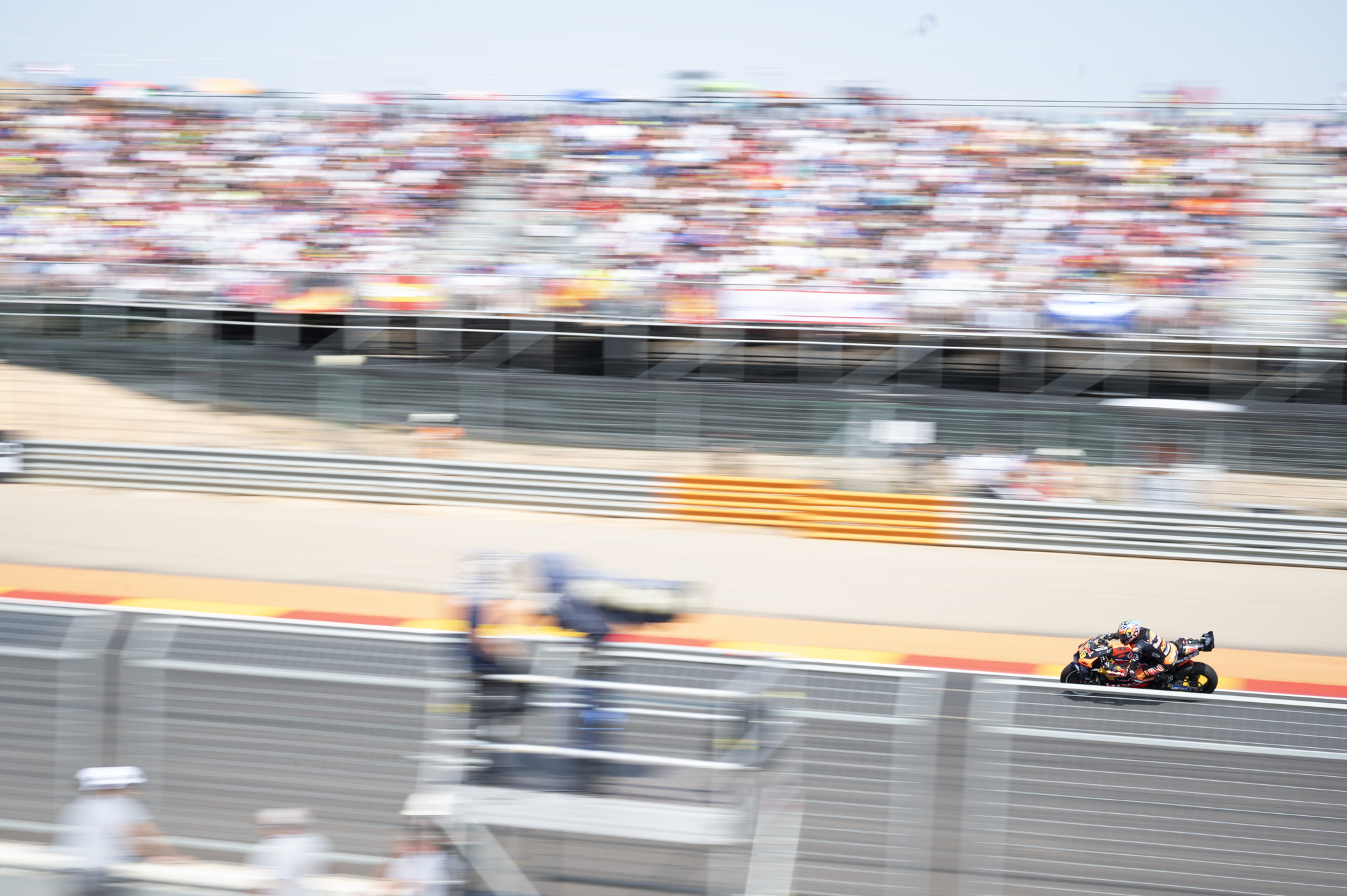
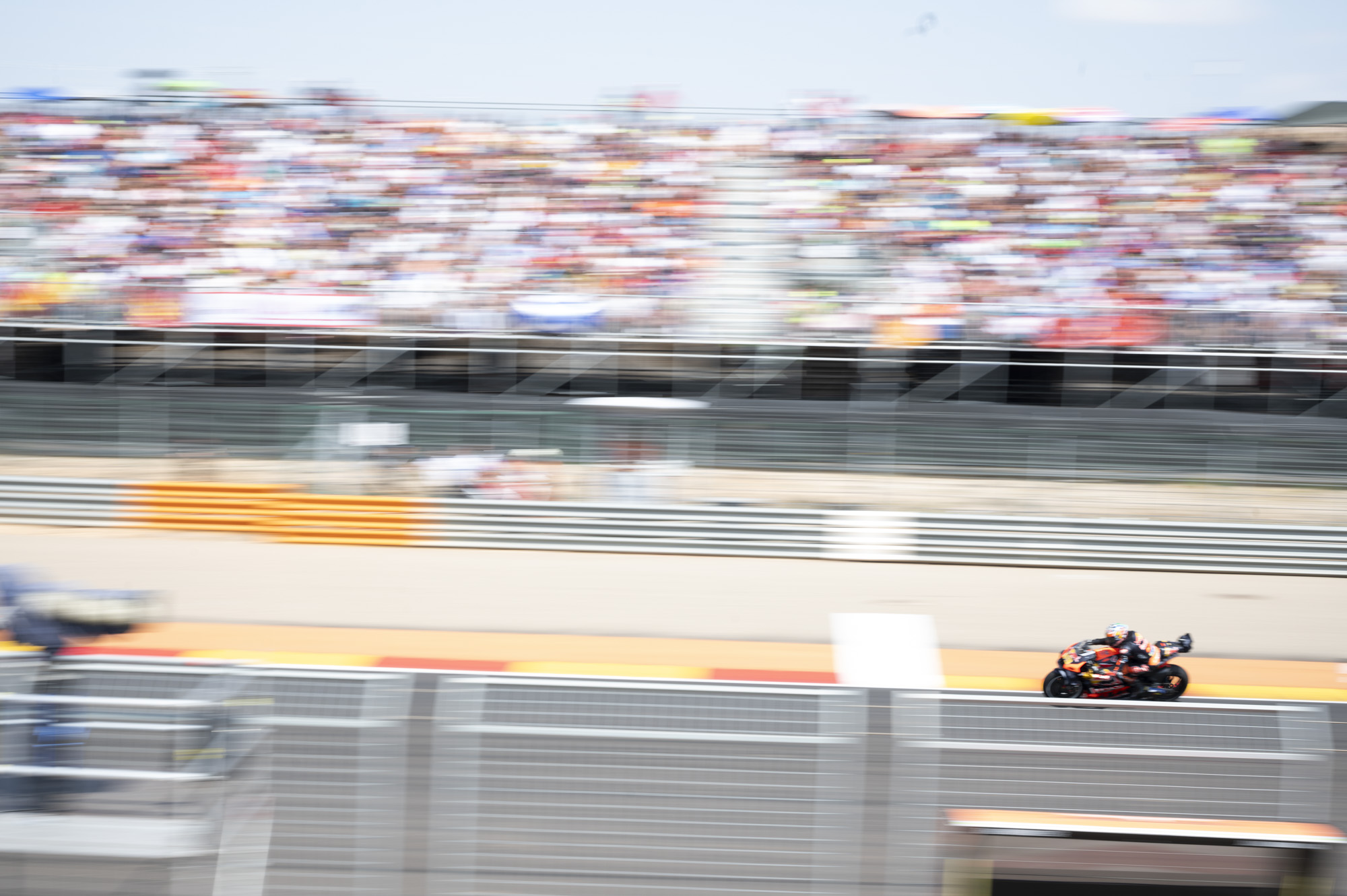
The shutter speed I needed to capture the kind of motion blur the Pixel produced was ultimately too slow for me to capture the subject sharply. Despite trying repeatedly, something had to give, and I increased the Z6 II's shutter speed from around 1/40 sec (which gave me the blur I wanted but unusable end results) to 1/80 sec or 1/100 sec. I began getting sharper shots of the subject, but at the cost of background motion blur.
Frankly, just getting motorbikes in the frame at all proved a challenge. However, over time I began getting usable panning shots with my mirrorless camera – just not the same satisfying combination of subject sharpness and background blur I was getting with the phone, which was staggering.
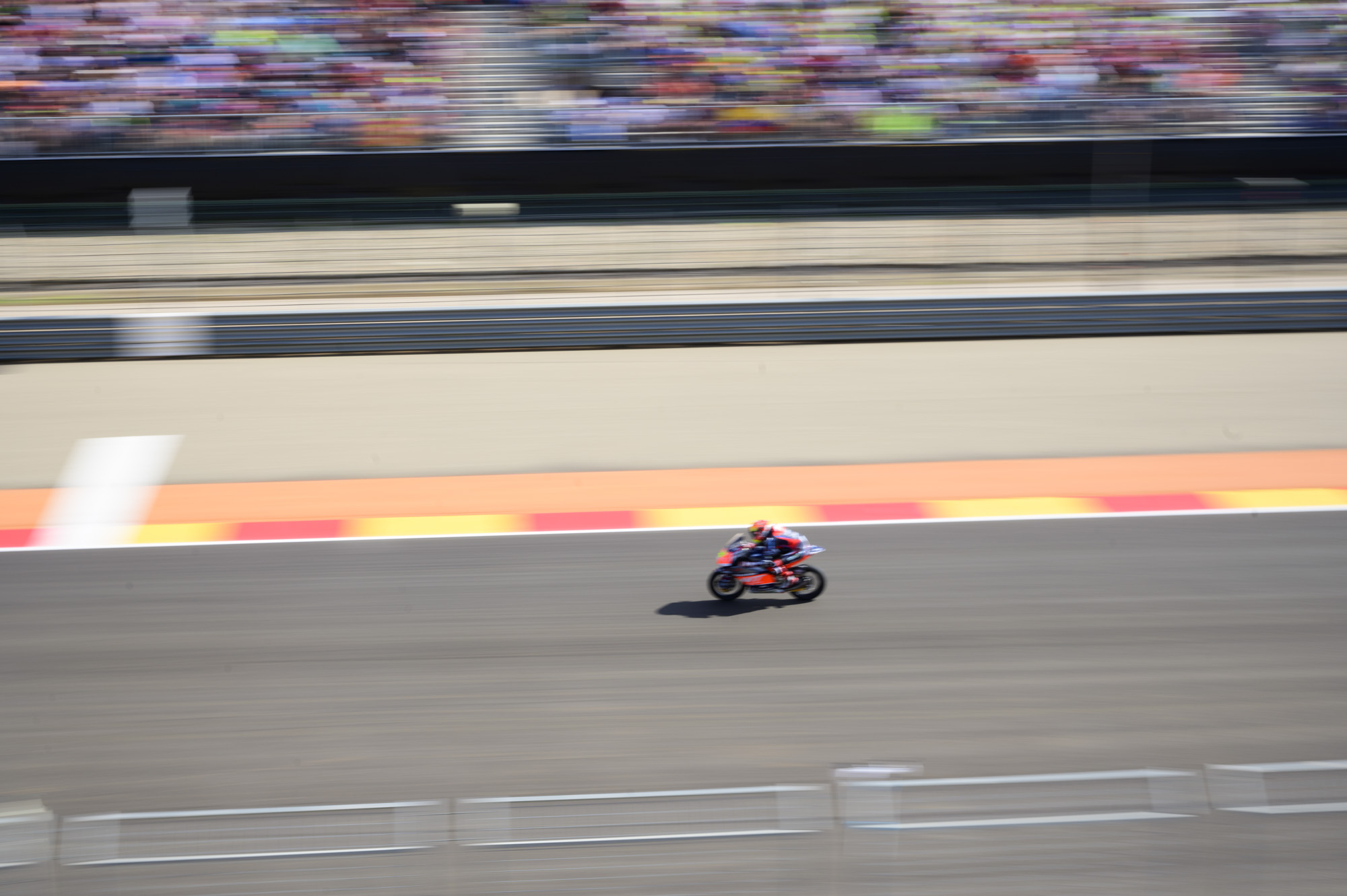
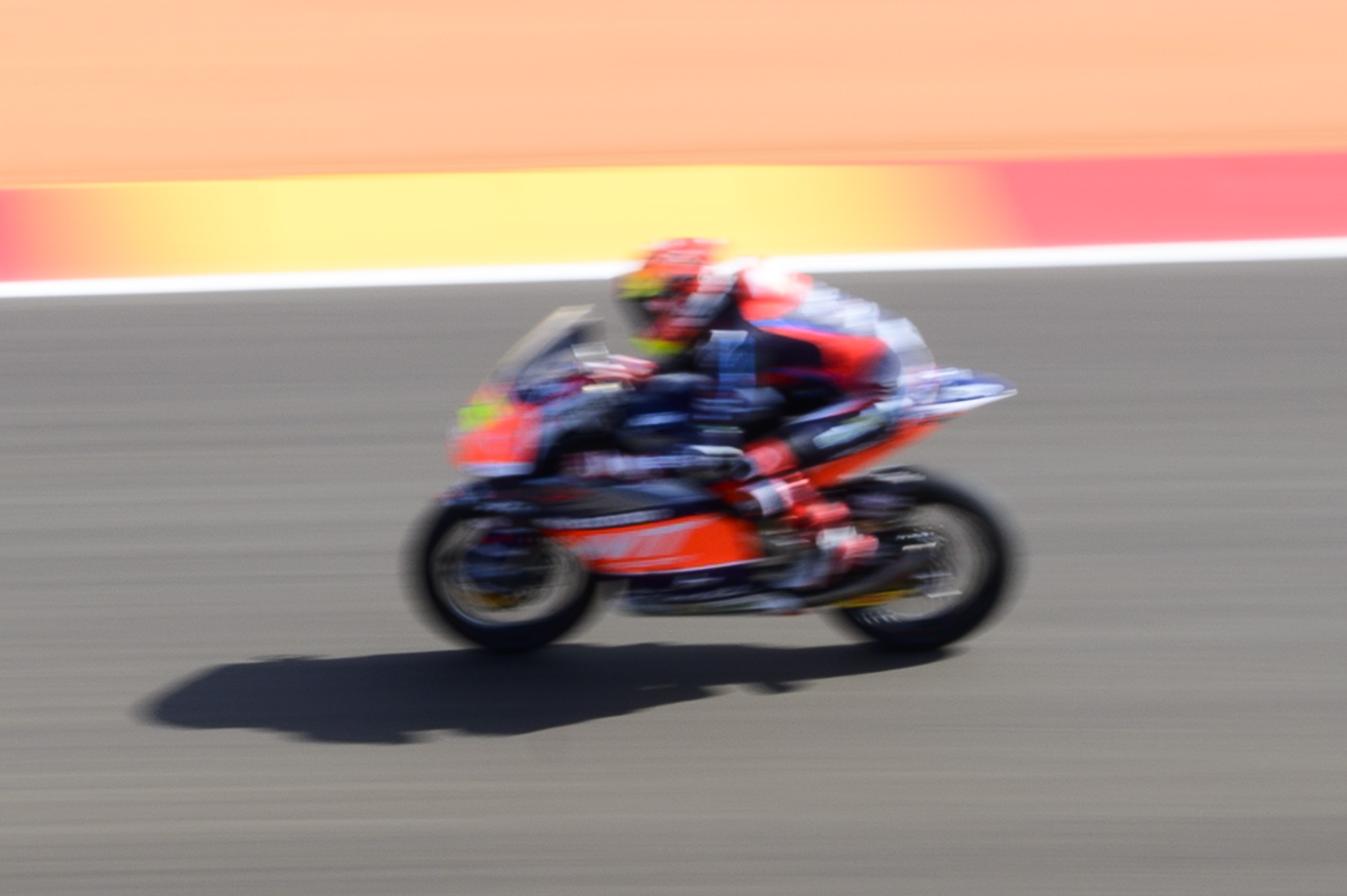
Just how reliable is Action Pan?
I tried Action Pan all again for the headline event, the MotoGP, and the faster bikes hitting those top speeds mentioned above were beyond the capability of both the Pixel phone, and my own panning technique with the mirrorless camera. I got lucky with one phone shot in fifty; the rest were unusable. I needed to relocate from the fast section of the straight to its end, where the racers slowed down to approach corner one.
Close to corner one, I again focused on honing my technique with the mirrorless camera, and began getting slightly better results than what I'd managed earlier. They still weren't as good as shots I captured with the Pixel's Action Panning mode, but they were better than my previous Z6 II efforts.
My determination to nail the shot with the mirrorless camera was at risk of turning into obsession, and I was missing out on enjoying the event itself.
Over the course of three races totaling around two hours, I improved my hit rate with both devices, especially the mirrorless camera, and learned the limits of each device for this dynamic shooting technique. It was easier getting the shot with the phone, but I also got some pretty whacky results, and ultimately couldn’t trust it in the same way as I could my mirrorless camera.
One other point to make is that if you look closely in the successful images made with Action Pan, there are occasions when detail isn't smoothed out in the pixels directly around the subject, and those such images are best kept to viewing on a phone. The detail in the mirrorless camera photos on the other hand, which isn't using computational photography to get the effect, looks cleaner.
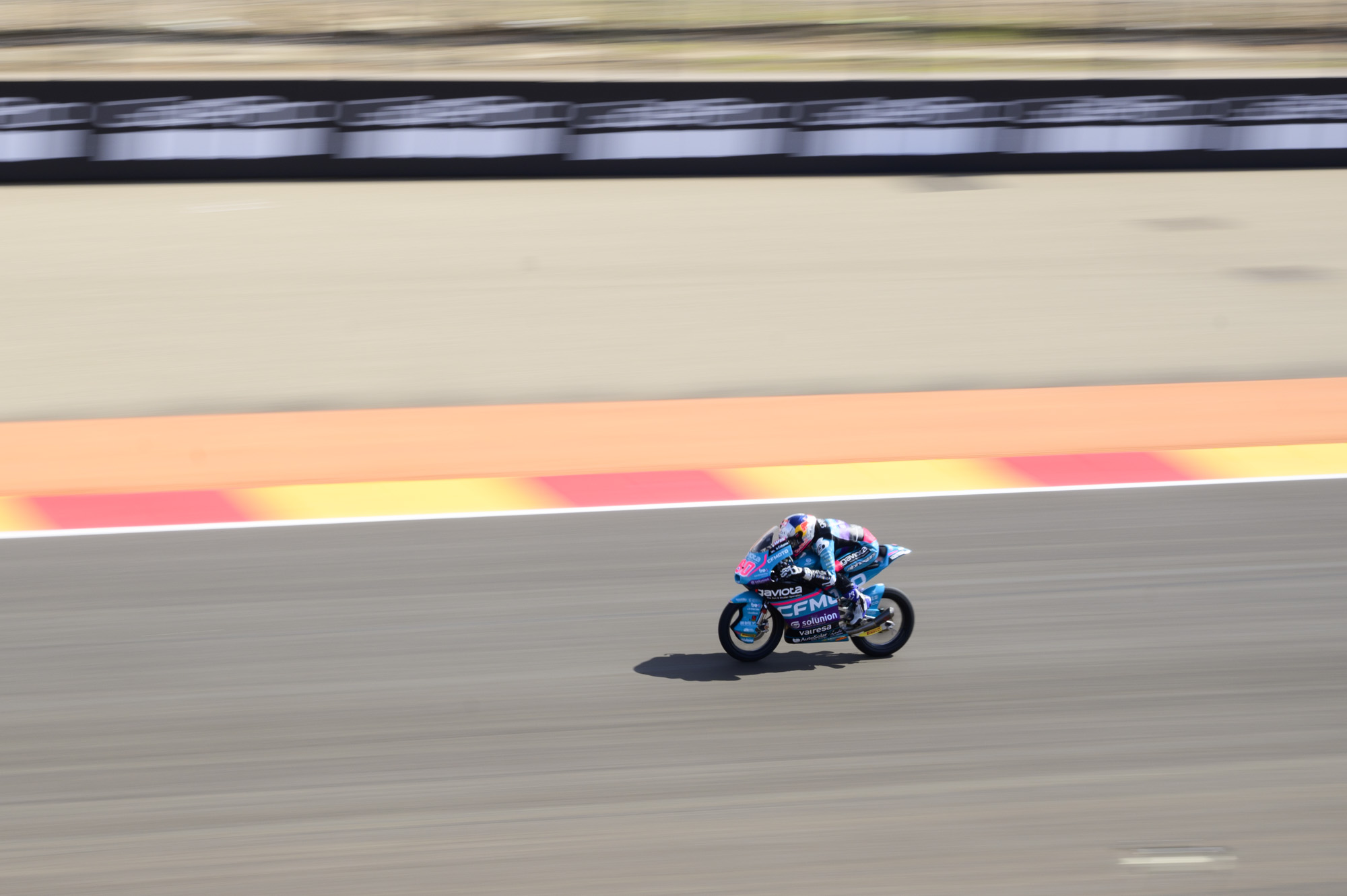
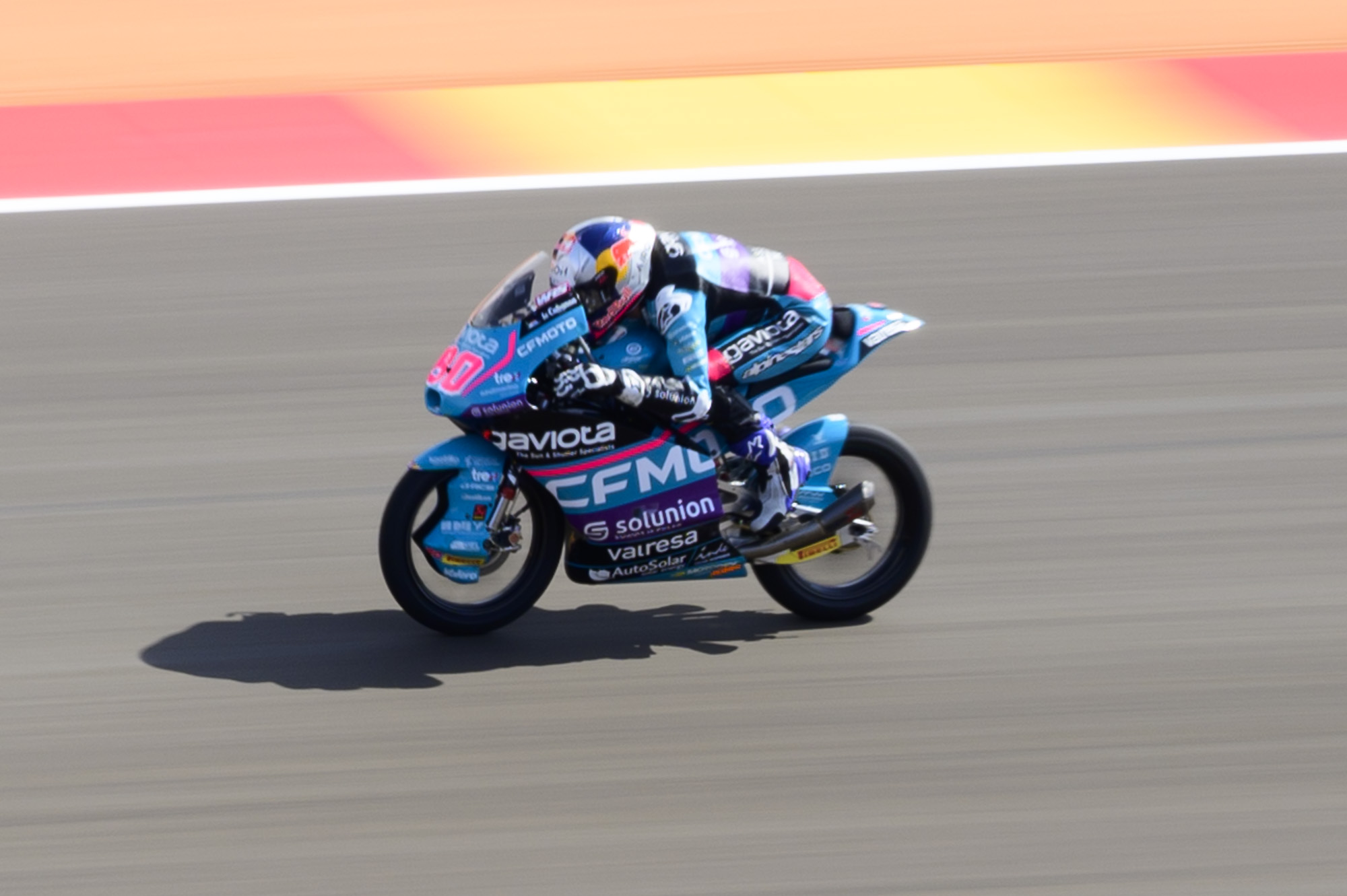
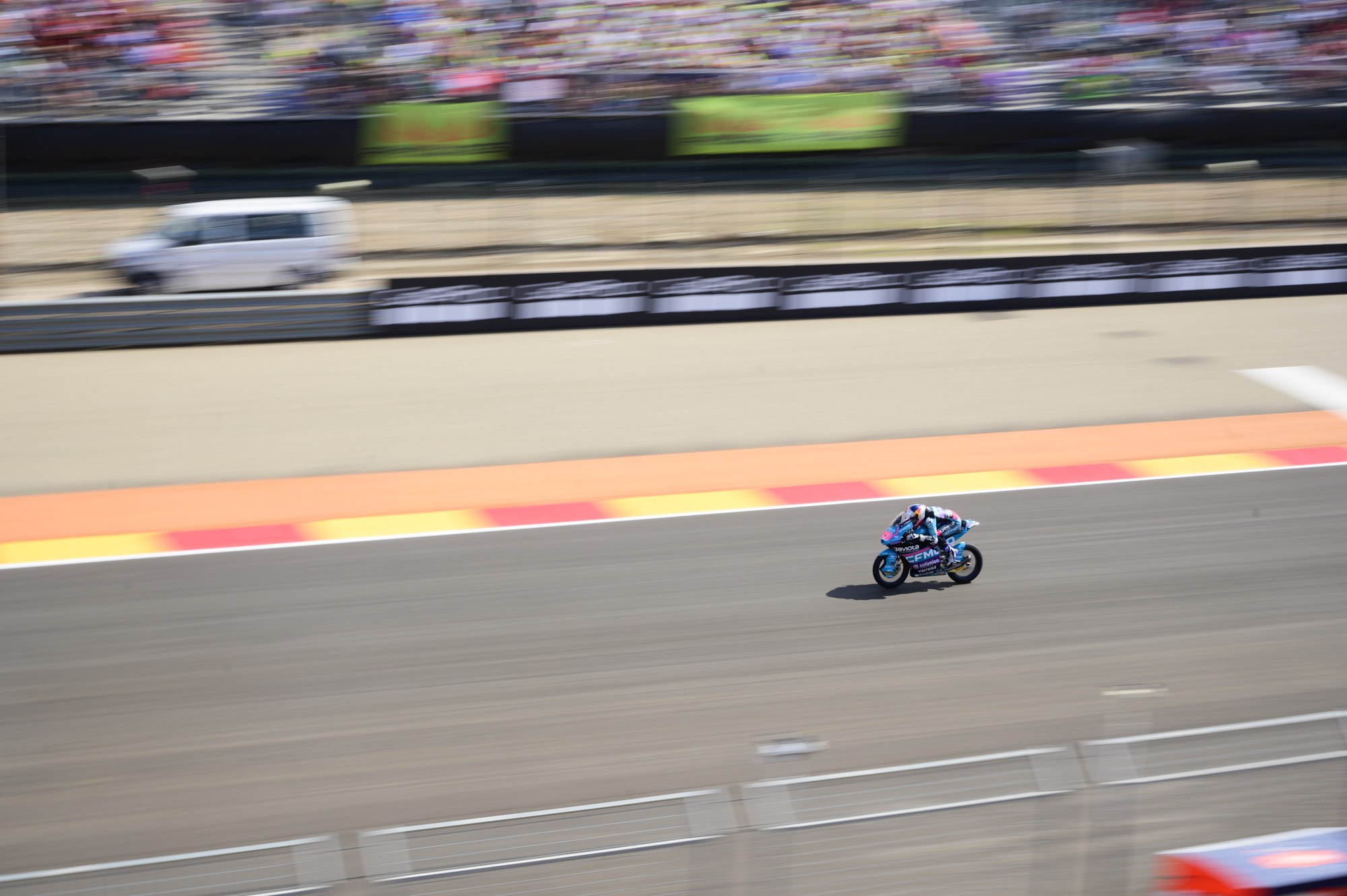
Google Pixel's Action Pan vs mirrorless: which would I choose?
Put simply, it’s easier to get the action panning shot you’d hope for with Google Pixel’s Action Pan mode than it is with a pro mirrorless camera. The phone is more hit and miss, but the hits captured better subject clarity combined with better motion blur than my best efforts with the pro camera.
Neither camera used in this test is the latest and greatest of its kind. I’m keen to try the technique with the 5x telephoto camera of Google’s latest phone, the Pixel 9, plus the updated version of my mirrorless camera, the Nikon Z6 III.
If you're keen to try this technique for yourself, use a longer lens if you can, because it emphasizes the motion blur effect without you needing to pan as much and, therefore, in the case of the mirrorless camera at least, reduces the likelihood that the subject will blur.
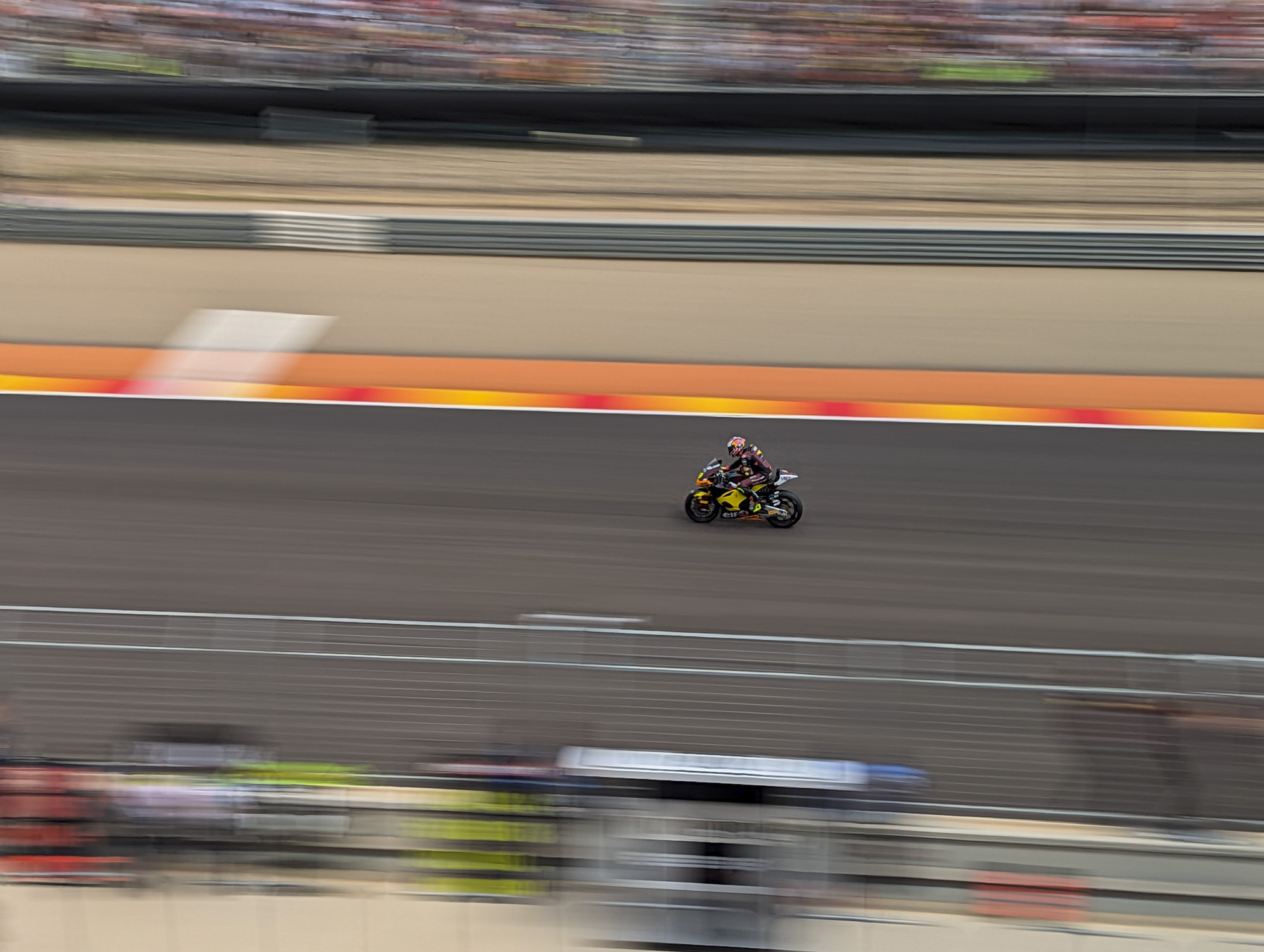
Pixel's Action Pan mode in this test proved a bona fide hit. Granted I haven’t used it for other subjects such as runners, but based on my experience shooting super-fast motorbikes, I’d happily turn to it for the action panning effect. It's fallible, but it'll get you sports shots with a difference in no time at all.
Those with time and patience will get even better results with a mirrorless camera. However, in Action Pan, Google has discovered another excellent use of computational photography to simplify what is otherwise one of the most challenging photography techniques.
You might also like
- I tested the Google Pixel’s Long Exposure photo mode – and it’s another reason to leave my pro mirrorless camera at home
- I review cameras for a living – and this app has made me a better photographer
- I shot the eclipse with an iPhone 15 Pro Max, Google Pixel 8 Pro and a Samsung Galaxy S23 Ultra – here's which one did best







